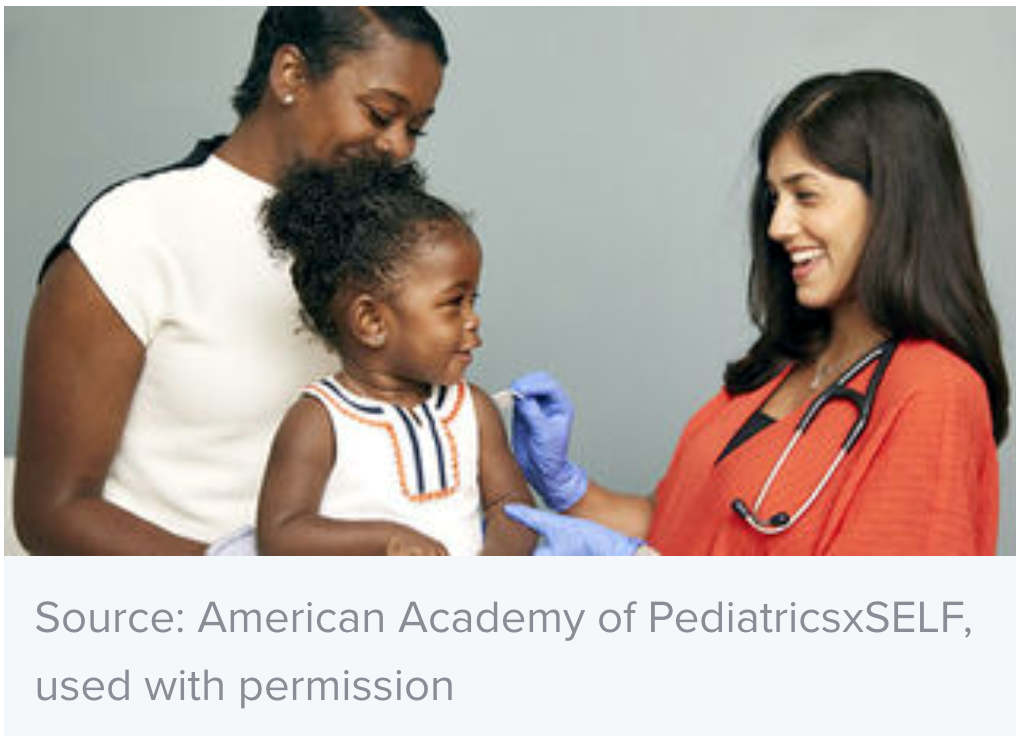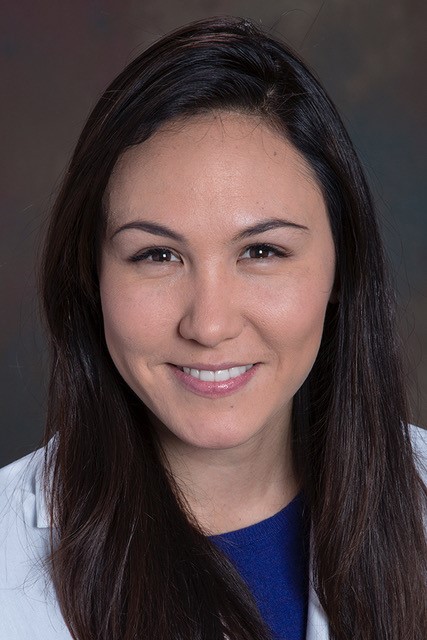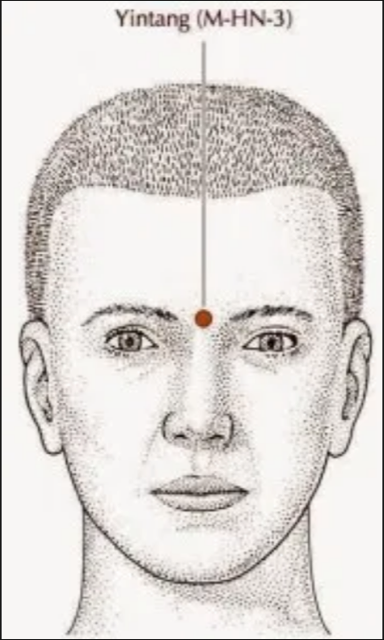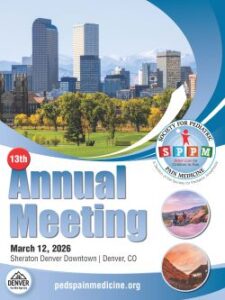In November 2020, JAMA Surgery published, “Guidelines for Opioid Prescribing in Children and Adolescents After Surgery: An Expert Panel Opinion”.
These new guidelines generated important conversation within the pediatric pain medicine community and SPPM. SPPM members Dr. Rita Agarwal, Dr. Vidya Chidambaran and Dr. Stephen Hays submitted a formal response to the study, which was then followed by a response from the authors of the study.
Here are the pertinent links to the published papers and responses. Let us know your thoughts, we love to hear from our members!
Original study:
Guidelines for Opioid Prescribing in Children and Adolescents After Surgery: An Expert Panel Opinion: https://jamanetwork.com/journals/jamasurgery/article-abstract/2772855
Response:
Concerns About Pediatric Opioid Prescribing Guidelines
Rita Agarwal, MD; Vidya Chidambaran, MD, MS; Stephen Robert Hays, MS, MD
https://ja.ma/3irE6Wu
Author’s Response:
Concerns About Pediatric Opioid Prescribing Guidelines—Reply
Lorraine I. Kelley-Quon, MD, MSHS; Matthew G. Kirkpatrick, PhD; Eugene Kim, MD
https://ja.ma/3z4BW4K




 Jamie Kitzman, MD
Jamie Kitzman, MD  Picture from https://jinshinjyutsuheleneiliste.wordpress.com/tag/yin-tang/
Picture from https://jinshinjyutsuheleneiliste.wordpress.com/tag/yin-tang/  SPPM 13th Annual Meeting
SPPM 13th Annual Meeting